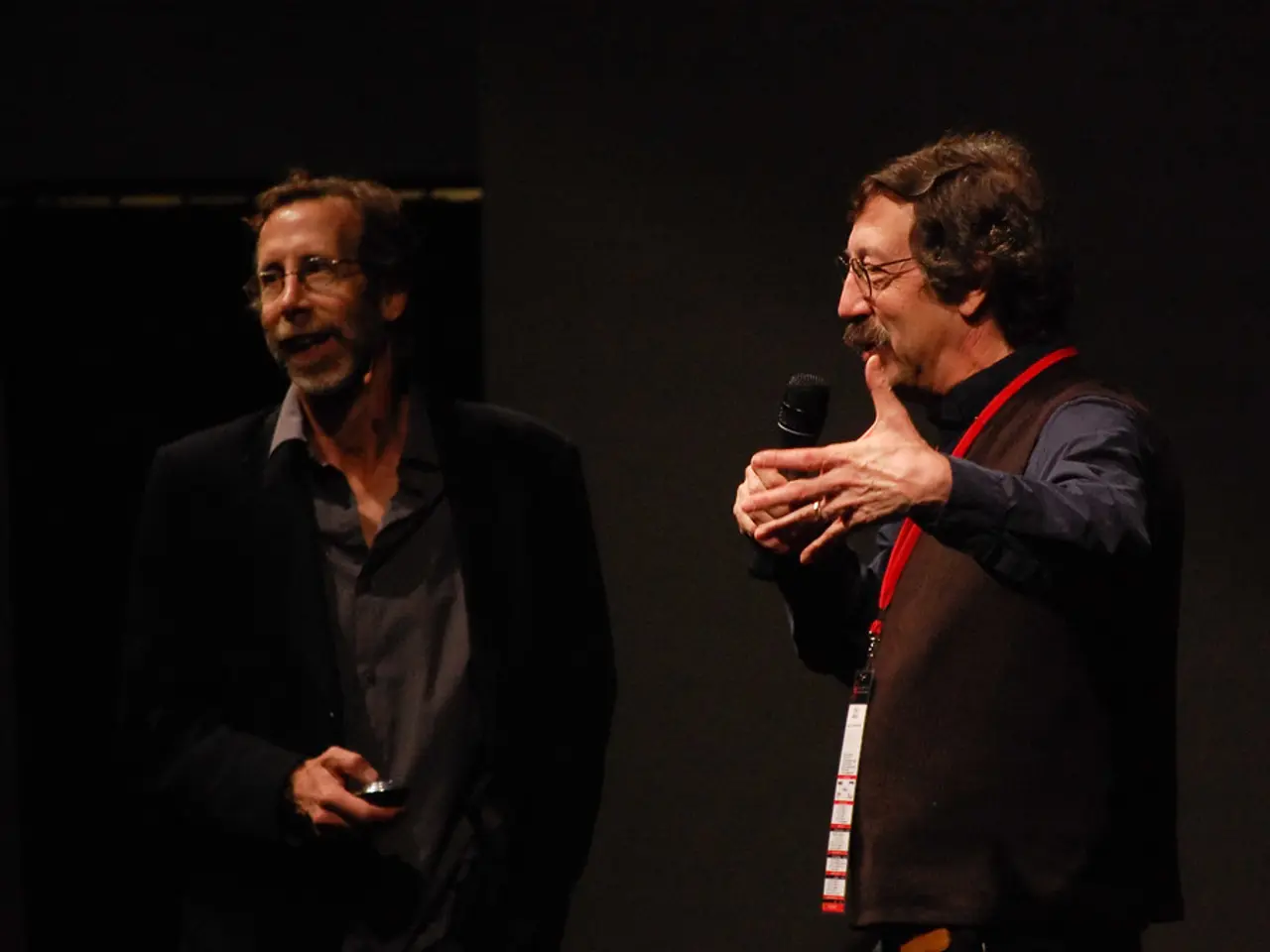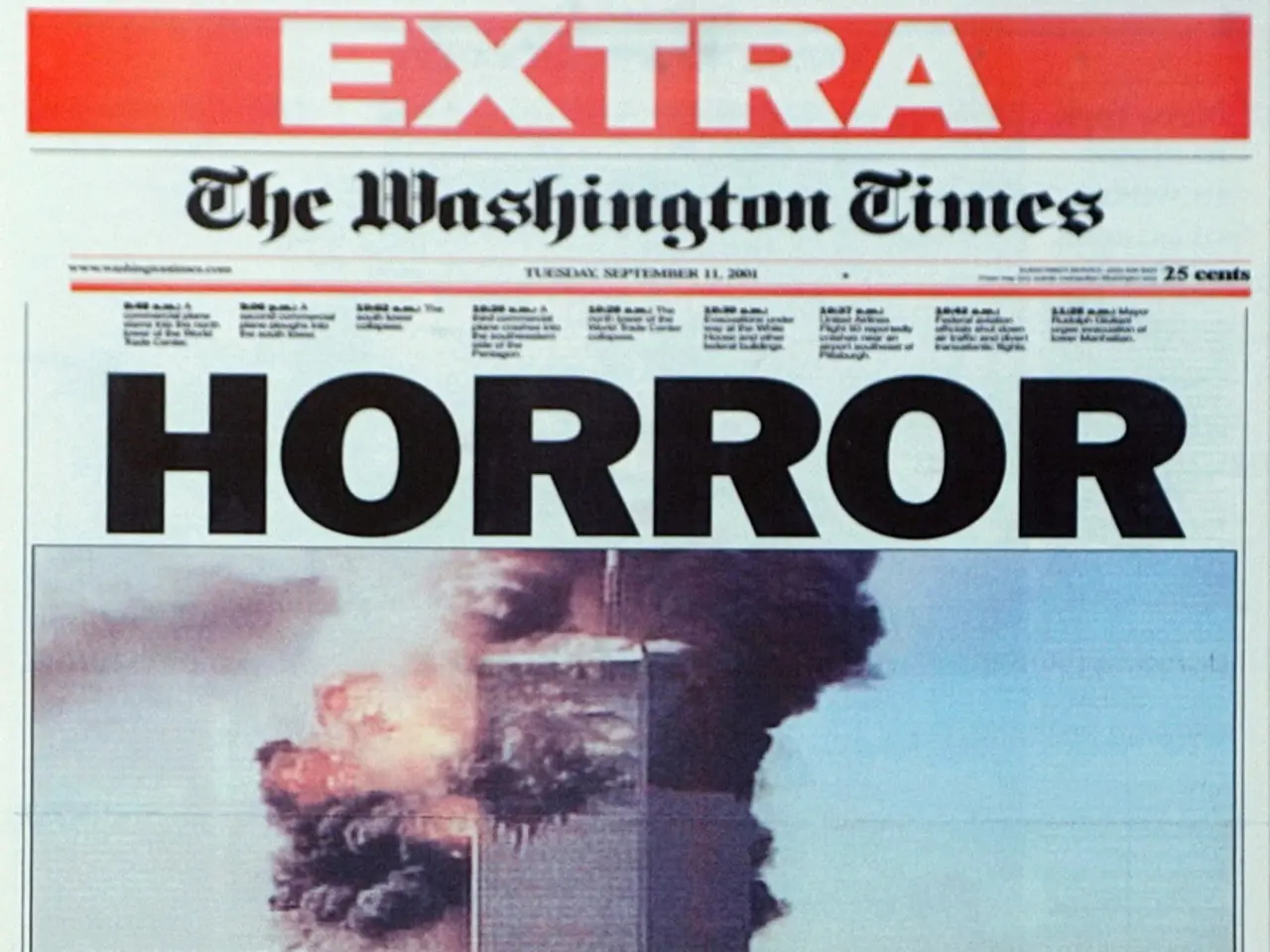Exploring the Most Influential Indian Films That Revolutionized Narrative Structures: A Cinematic Odyssey Past Traditional Norms
The landscape of Indian cinema has been significantly transformed by numerous groundbreaking films that redefined storytelling, setting them apart from regular commercial movies through innovative themes, narrative techniques, and artistic expression. While there is no single definitive list of the exact 50 groundbreaking films, some seminal works, directors, and movements are widely recognised for their transformative impact on Indian cinema's narrative scope and style.
### Key Groundbreaking Indian Films and Their Impact
Here are some landmark films and filmmakers that exemplify this transformation:
- **Golden Age (Late 1940s–1960s) Hindi Cinema:** - *Pyaasa* (1957) and *Kaagaz Ke Phool* (1959) by Guru Dutt broke conventional storytelling by focusing on deep social themes, urban alienation, and existential crises rather than just entertainment. *Pyaasa* made it to *Time* magazine’s 100 Greatest Movies list, highlighting its universal acclaim. - Raj Kapoor’s *Awaara* (1951) and *Shree 420* (1955) explored the dichotomy of city life as both a dream and nightmare, moving beyond escapist cinema to social commentary. - Films by Mehboob Khan like *Aan* (1952) also contributed to this era, focusing on social issues.
- **Satyajit Ray’s Works (1950s–1970s):** - Ray’s *Calcutta* trilogy—*Pratidwandi* (1970), *Seemabaddha* (1971), and *Jana Aranya* (1975)—delved into social repression, ethical compromise, and corruption with innovative narrative techniques like dream sequences and flashbacks that were rare in Indian cinema at the time. - His detective films *Sonar Kella* and *Joi Baba Felunath* became cult classics, combining popular genre elements with layered storytelling and evocative sound design.
- **Late 20th Century Realist and Crime Dramas:** - *Parinda* (1989), directed by Vidhu Vinod Chopra, was a turning point in Hindi cinema for portraying gritty realism about the Indian underworld, diverging from typical song-and-dance escapism. It won multiple national awards and was later remade internationally.
### How These Films Differ from Regular Commercial Films
| Aspect | Groundbreaking Indian Films | Regular Commercial Films | |--------------------------|----------------------------------------------------------------------|-------------------------------------------------------| | **Themes** | Social realism, existential questions, urban and class struggles, corruption, ethical dilemmas.[1][2][3] | Primarily entertainment-driven, often focusing on romance, melodrama, action, and fantasy without deep social critique. | | **Narrative Techniques** | Use of flashbacks, dream sequences, non-linear narrative, close-up shots to convey psychological depth.[1][2] | Linear narratives, formulaic plots with song-and-dance interludes, and melodramatic climaxes. | | **Artistry** | Strong emphasis on cinematography, lighting, symbolism, and mood (e.g., Guru Dutt’s signature style). | Focus on appealing visuals and spectacle aimed at mass appeal rather than subtlety or depth. | | **Characterization** | Complex, morally ambiguous characters facing social and personal dilemmas.[2][3] | Often clear-cut heroes and villains catering to popular tastes. | | **Audience Engagement** | Appeals to both the intellect and emotions, provoking thought and critical reflection.[1][2] | Primarily aims to entertain and provide escapism. |
### Examples of More Recent Trends and Films
- Tamil cinema has embraced digital technology and visual effects to craft expansive narratives, as seen in *Thangalaan* (2024), which uses VFX to recreate historical settings for immersive storytelling, highlighting how technical innovation helps redefine cinematic narratives today.
- High-grossing Indian movies like *Dangal* and *Baahubali 2* blend commercial success with storytelling depth, indicating evolving audience tastes and a blurring of lines between commercial and artistic cinema.
### Summary
While a full list of 50 groundbreaking films would be extensive, many films from the Hindi Golden Age, Satyajit Ray’s oeuvre in Bengali cinema, and landmark realist films like *Parinda* define the canon of Indian cinema that changed storytelling paradigms. These films stand apart through socially conscious themes, innovative narrative styles, artistry in filmmaking, and complex characters, thereby transforming Indian cinema from mere entertainment to a medium of profound artistic and social engagement. In contrast, regular commercial films largely prioritize mass appeal, formulaic plots, and spectacle over these dimensions.
- Notable works, such as Guru Dutt's 'Pyaasa' and 'Kaagaz Ke Phool', and Raj Kapoor's 'Awaara' and 'Shree 420', from the Hindi Golden Age, challenged conventional storytelling by focusing on deep social themes and urban alienation instead of mere entertainment.
- The adventure genre, often associated with action, was reinvented in Indian cinema with movies like 'Sonar Kella' and 'Joi Baba Felunath', directed by Satyajit Ray, combining popular elements with layered storytelling and evocative sound design.
- In the late 20th century, films like 'Parinda' marked a significant shift in Hindi cinema by portraying gritty realism about the Indian underworld, departing from typical song-and-dance escapism.
- More recent trends in Indian cinema show a blend of commercial success and storytelling depth, with movies like 'Thangalaan' utilizing technology and visual effects to create immersive narratives and 'Dangal' and 'Baahubali 2' captivating audiences with their depth while still achieving box-office success.







